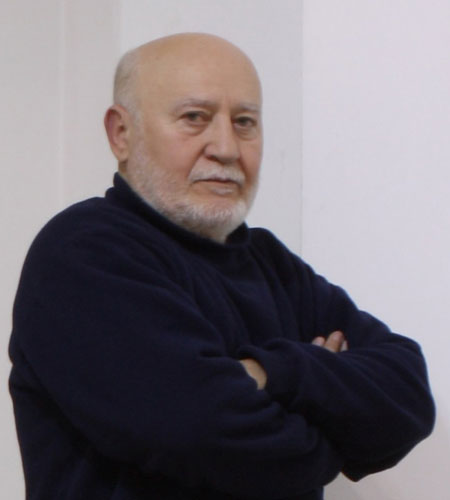Born in Dupilo (near Crmnica, Montenegro) in 1941, died in Belgrade in 2013.
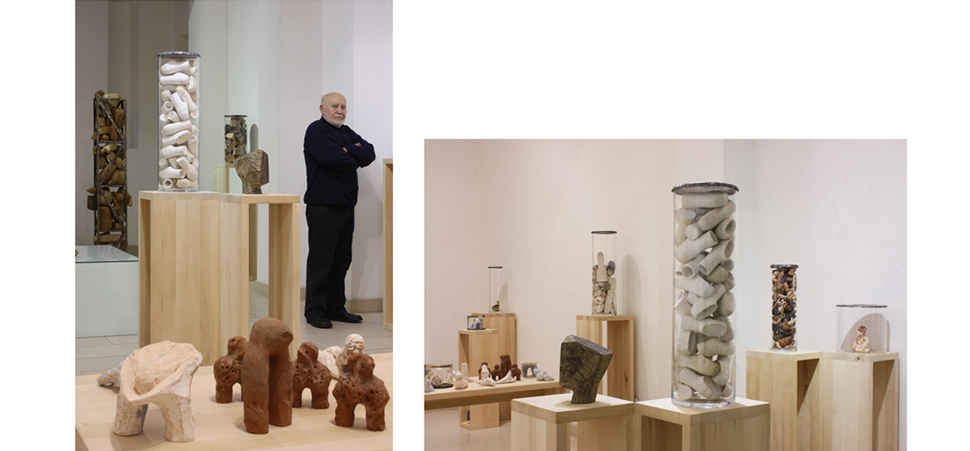
After having completed the famous Secondary Art School in Herceg Novi, he continued his studies at the Academy (presently Faculty) of Fine Arts in Belgrade. He graduated (in 1967) and completed post–graduate studies (in 1971) at the Department of Sculpture, with Professor Miodrag Miša Popović.
He was a member of the Association of Serbian Artists from 1968.
For many years he worked and lived as free–lance artist. However, from 17 June 1991 to 30 September 2008 he was a professor of sculpting at the Higher School of Fine and Applied Arts (later renamed High Professional School of Fine and Applied Arts).
From 1967 onwards he took part in group exhibitions locally and abroad, and had solo shows from 1972. He had twenty solo exhibitions. The exhibition ĐORĐIJE CRNČEVIĆ – „A SKETCH“ FOR A RETROSPECTIVE, organized in the City Gallery of Užice in September 2011, was a preparation for his retrospective, but his death prevented the realization of the project. His last solo exhibition was in Belgrade in April 2012, in Gallery 73. His solo shows were not frequent and he organized them only when he felt he had something new to exhibit.
With the exhibition HOMAGE TO THE ARTIST, organized for the MUSEUM NIGHT on 18 May 2013, the ZEPTER MUSEUM honours one of the most distinguished creative personalities in our art. At the same time, the Museum presents its new acquisitions (four of Crnčević’s works) which will complete, as artworks of lasting value, the collection of Serbian art from the second half of the twentieth century and the beginning of the new millennium.
Crnčević participated in many symposia and art colonies.
He received numerous recognitions.
His works can be found in public and private collections and in free spaces.
Đorđije Crnčević was a versatile artist engaged – apart from sculpture as his primary vocation – in graphic art, drawing, painting, installations. He was talented for all those disciplines, as observed early enough during his studies at the Academy. As Crnčević recollected in an interview: „My professor of painting at the Academy was Mirjana Koka Mihać, who used to show many generations of her students my drawings as ’practical examples’, long after I had left the Academy. She tried to persuade me to join the Department of Painting, but the ’transfer’ was stopped by Miša Popović who wanted to keep me at the Department of Sculpture as an exceptionally talented student.“
 Crnčević never followed passing fashions, but he was always in line with the spirit of time. He created and realized his ideas in different sculpting materials (marble, tartar, terracotta, plumb, wood, metal, tar) and in different forms. In honouring the original qualities of the material and its structure, he moved from highly polished surfaces to rustic and robust texture. With regard to form, he covered the road from figurative art (Portrait with Black Face, 1968) over modular sculptures (Solzhenitsyn’s Portraits in plaster and afterwards in coloured metal from the 1970s) and sculptures in wood, to geometricized cubes in tartar (with clean surfaces or some surfaces covered with tar and plumb), and finally, to installations (Compressions of Time from 2010 with packed and compressed sculptures in glass tubes or metal nets).
Crnčević never followed passing fashions, but he was always in line with the spirit of time. He created and realized his ideas in different sculpting materials (marble, tartar, terracotta, plumb, wood, metal, tar) and in different forms. In honouring the original qualities of the material and its structure, he moved from highly polished surfaces to rustic and robust texture. With regard to form, he covered the road from figurative art (Portrait with Black Face, 1968) over modular sculptures (Solzhenitsyn’s Portraits in plaster and afterwards in coloured metal from the 1970s) and sculptures in wood, to geometricized cubes in tartar (with clean surfaces or some surfaces covered with tar and plumb), and finally, to installations (Compressions of Time from 2010 with packed and compressed sculptures in glass tubes or metal nets).

He made works in gallery format because he could work on a monumental sculpture only in sculpture colonies of symposia.

However, he also made small format sculptures in terracotta, wood or plaster, frequently coloured.

He used different foundations for his powerfully expressive paintings, such as canvas, hardboard, paper sheets in his diaries or newsprint paper. He painted either in oil or acrylic.


Crnčević has left many drawings. Particularly interesting are his notebooks – his textual and visual recordings. He made wall installations with some of them, thus capturing their contents as if he wanted to leave behind some secret.
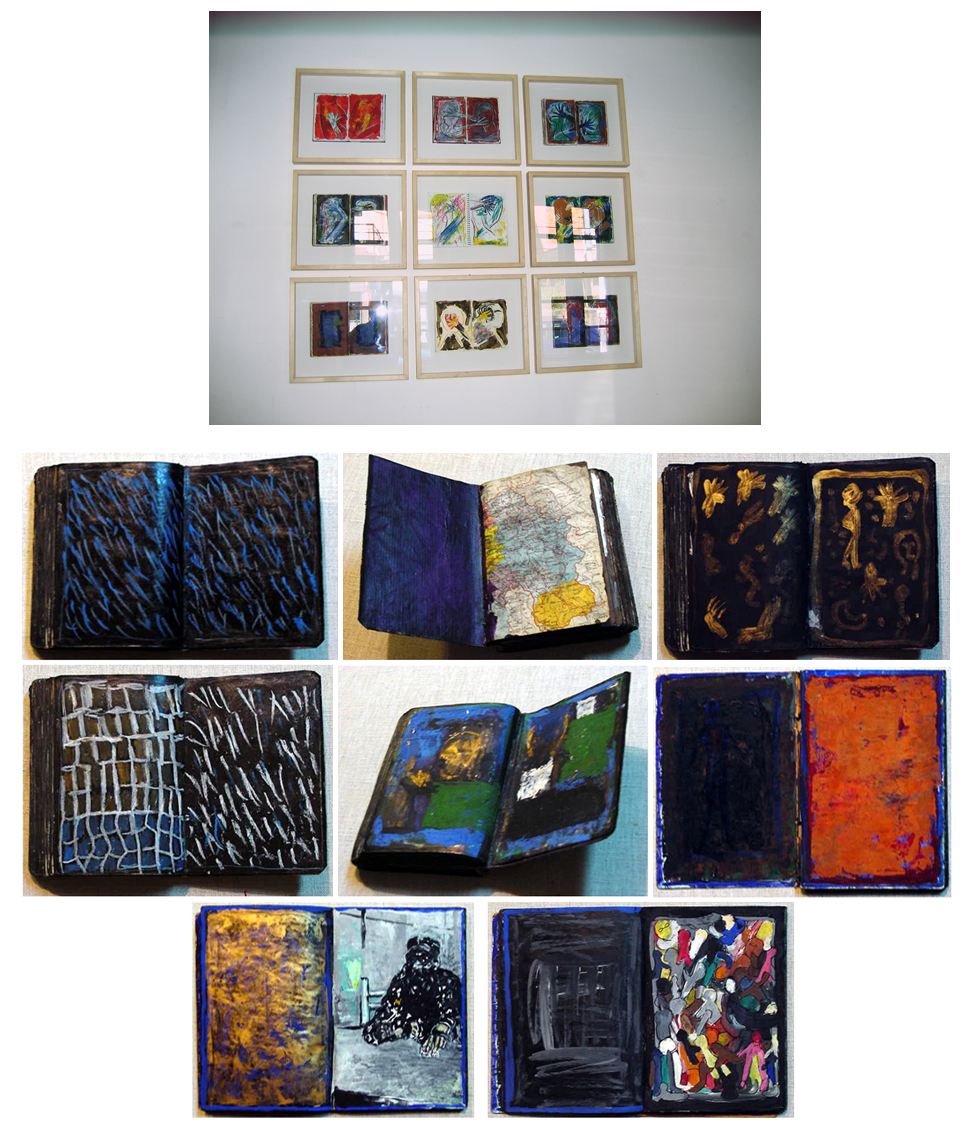
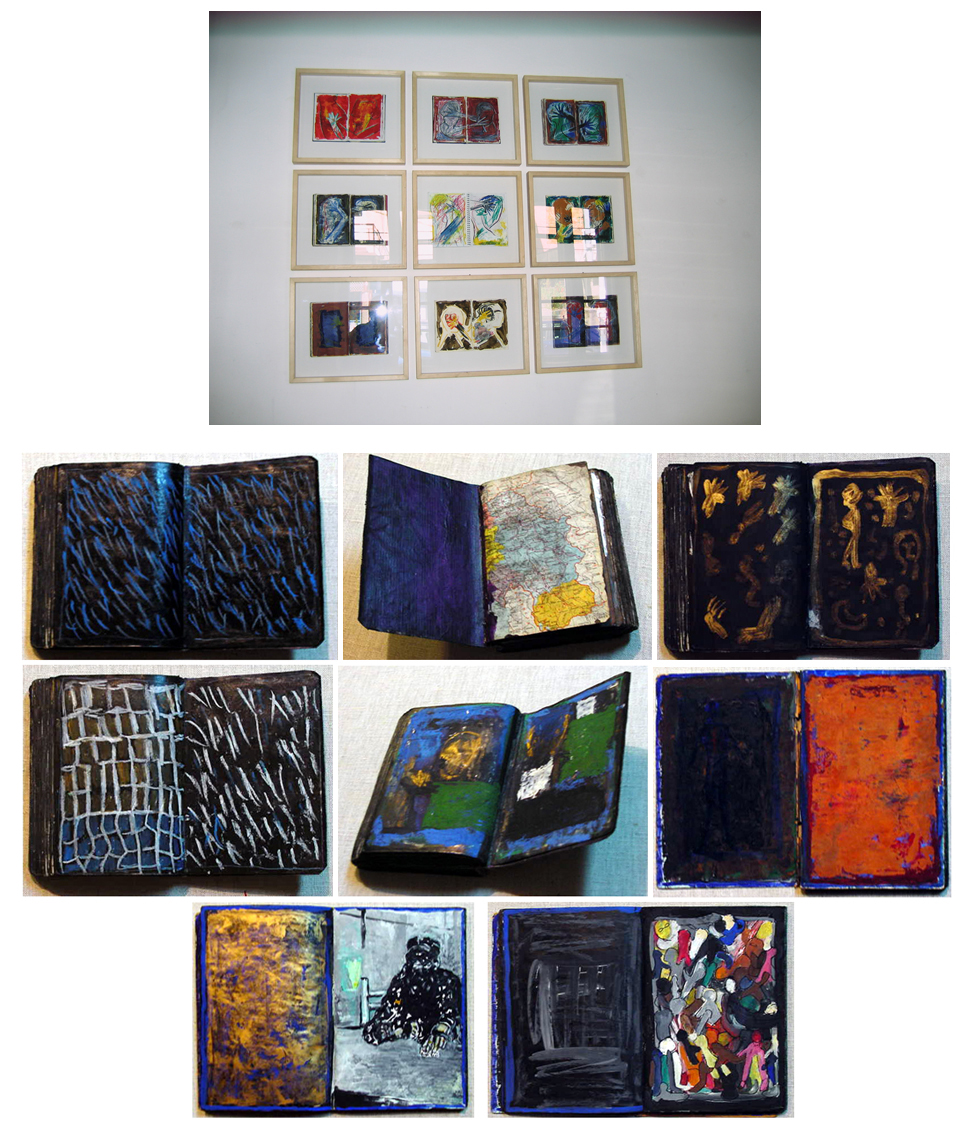
n one of his many notebooks with textual and visual recordings he wrote the following:
It is a pity the art world is so steeped in ideology, and thereby the ideology which is not the result of an essence but of the need for success. Because such ideology confines and limits the spirit. Politicization and ignorance are the only non–freedoms in art.
Crnčević realized his rich and diverse opus in a modest studio–flat in the old Fair grounds.
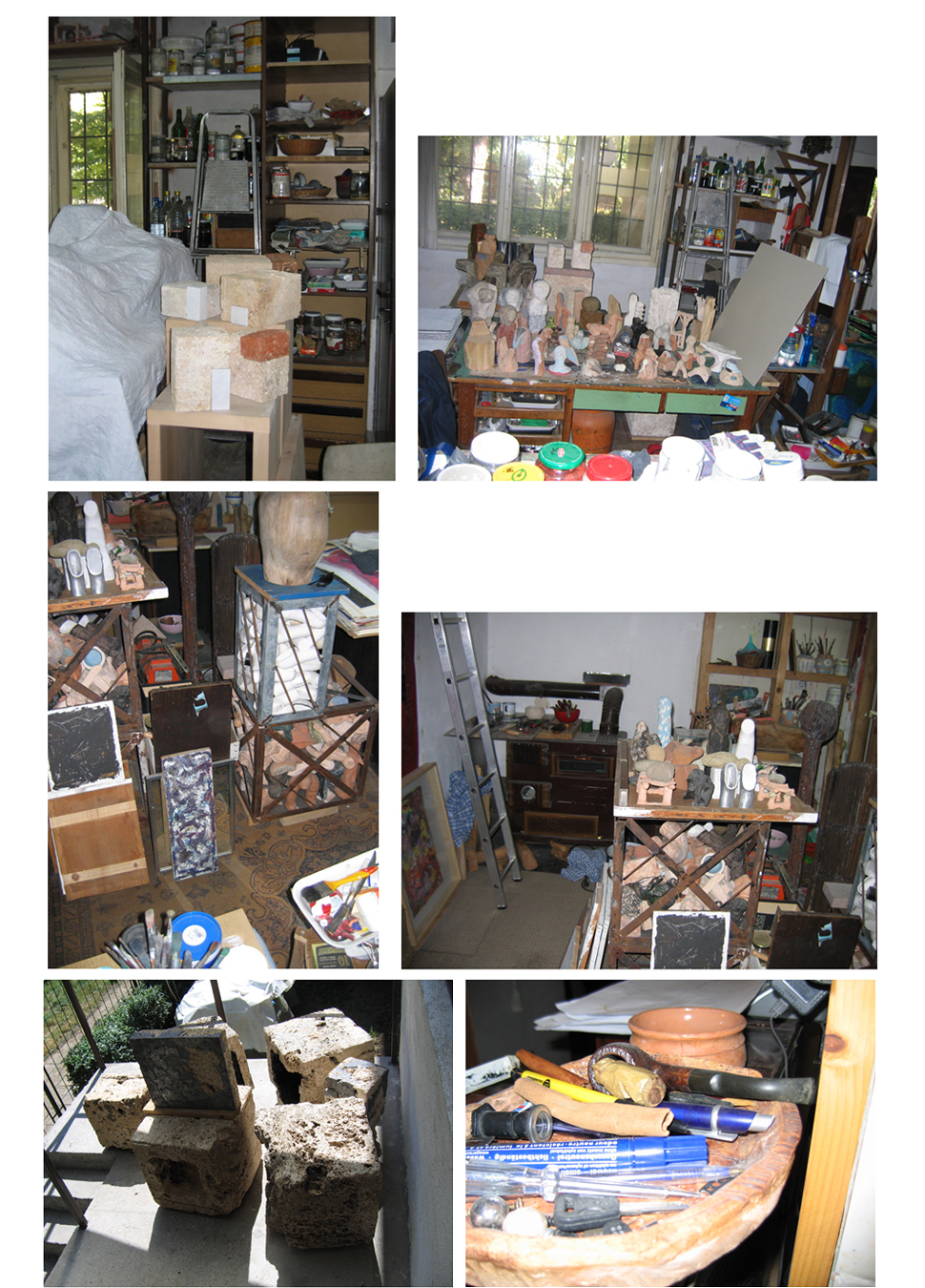
ZEPTER MUSEUM
Knez Mihailova street 42,
11000 Belgrade, Serbia
+ 381 (0) 11/ 328 33 39
+ 381 (0) 11/ 33 00 120
ENTRANCE FEE
200 RSD, 100 RSD, free
Opening hours
- Tuesdays, Wednesdays, Thursdays and Fridays
- 12 noon – 8 pm
- Saturdays, Sundays
10 am– 8 pm

